Market Trends
Key Emerging Trends in the Emergency Ambulance Vehicle Market
The emergency ambulance vehicle market is witnessing notable trends driven by various factors influencing the healthcare and automotive industries. One significant trend is the growing demand for advanced medical equipment integration within ambulances. As healthcare systems strive to enhance emergency medical services, ambulances are increasingly equipped with state-of-the-art technologies such as defibrillators, ventilators, and advanced monitoring systems. These advancements not only improve patient care during transit but also enable paramedics to deliver life-saving interventions more effectively.
Another prominent trend is the shift towards electric and hybrid ambulance vehicles, driven by a global emphasis on sustainability and environmental consciousness. As governments implement stricter emission regulations and encourage eco-friendly transportation solutions, ambulance manufacturers are increasingly investing in electric and hybrid technologies. These vehicles offer lower carbon emissions, reduced operational costs, and quieter operation, making them favorable choices for urban environments where noise and air pollution are significant concerns.
Furthermore, the rise of telemedicine and remote patient monitoring has influenced the design and functionality of emergency ambulance vehicles. With the integration of telecommunication systems and connectivity features, ambulances now serve as mobile telemedicine units, enabling paramedics to communicate with healthcare professionals in real-time and provide remote medical assistance to patients en route to hospitals. This trend not only enhances the efficiency of emergency medical services but also facilitates timely interventions and improves patient outcomes.
In addition to technological advancements, demographic shifts and changing healthcare needs are driving market trends in the emergency ambulance vehicle sector. The aging population in many regions has led to an increased demand for specialized ambulance services catering to elderly patients with complex medical conditions. Ambulance manufacturers are responding to this demand by designing vehicles with features such as hydraulic lifts, adjustable stretchers, and enhanced comfort options to accommodate the needs of elderly and mobility-impaired individuals.
Moreover, the COVID-19 pandemic has highlighted the importance of infection control measures in emergency medical transportation. Ambulance manufacturers are incorporating features such as antimicrobial surfaces, HEPA filtration systems, and negative pressure isolation units to minimize the risk of pathogen transmission within ambulance cabins. These innovations not only protect patients and healthcare workers from infectious diseases but also contribute to the overall safety and hygiene standards of emergency medical services.
Furthermore, advancements in autonomous vehicle technology are poised to transform the future of emergency ambulance services. While fully autonomous ambulances may still be in the experimental stage, the development of semi-autonomous features such as automated driving assistance systems and remote vehicle monitoring capabilities holds promise for improving response times and operational efficiency in emergency situations. However, regulatory challenges and safety concerns remain significant barriers to the widespread adoption of autonomous ambulance vehicles.
In conclusion, the emergency ambulance vehicle market is witnessing dynamic trends shaped by technological innovations, regulatory changes, and evolving healthcare needs. From the integration of advanced medical equipment to the adoption of electric and hybrid technologies, ambulance manufacturers are continuously striving to enhance the safety, efficiency, and sustainability of emergency medical transportation. With ongoing advancements in telemedicine, infection control measures, and autonomous vehicle technology, the future of emergency ambulance services holds immense potential for improving patient care and saving lives.

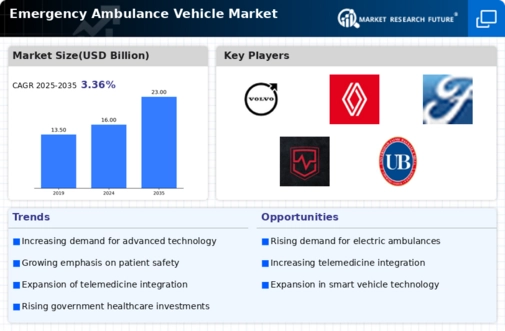
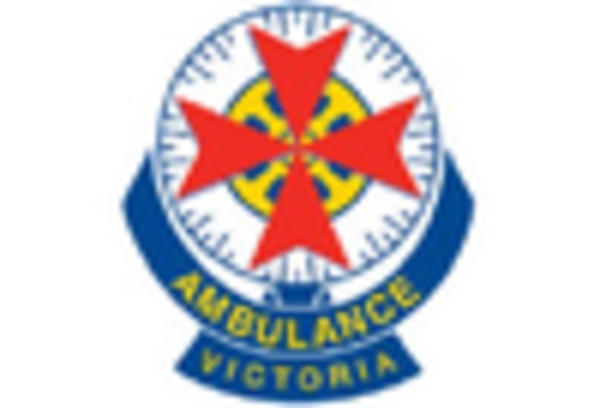


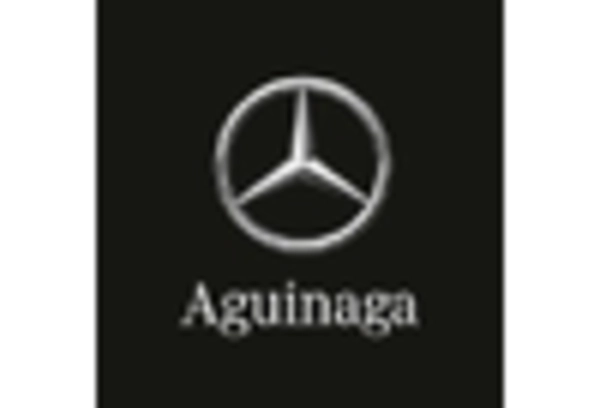
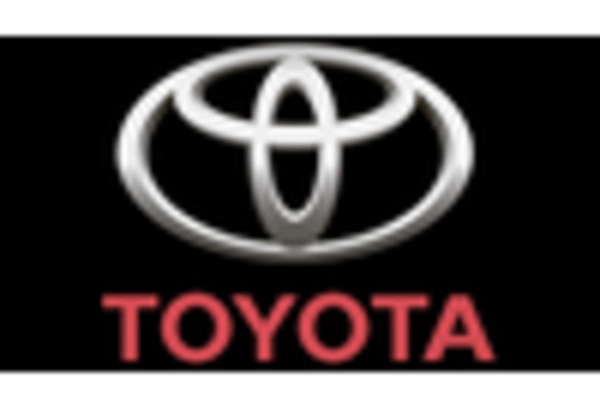
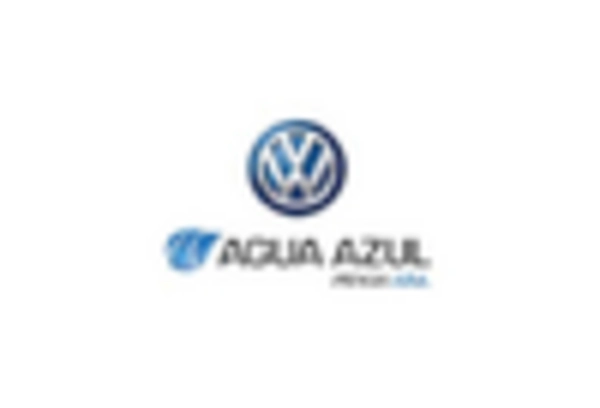









Leave a Comment